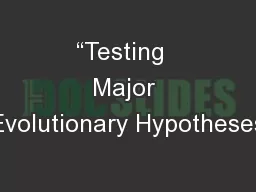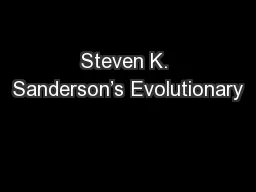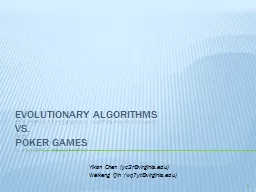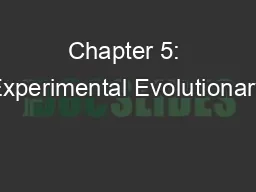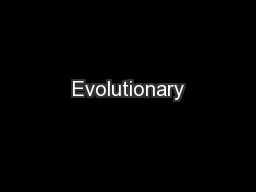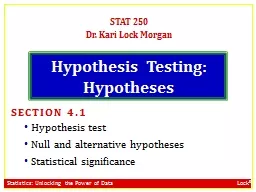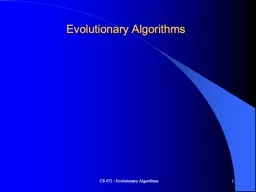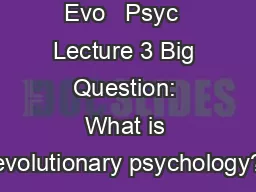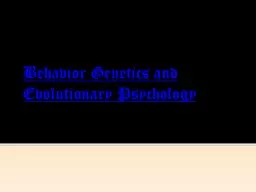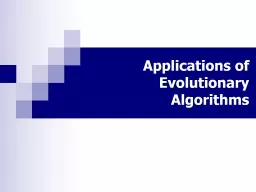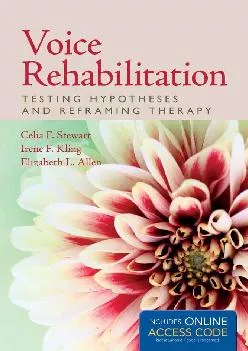PPT-“Testing Major Evolutionary Hypotheses
Author : cheryl-pisano | Published Date : 2018-10-26
about Religion with a Random Sample Written By David Sloan Wilson at the Binghamton University Presented by Juliann and InKee Social behavior can evolve by
Presentation Embed Code
Download Presentation
Download Presentation The PPT/PDF document "“Testing Major Evolutionary Hypothese..." is the property of its rightful owner. Permission is granted to download and print the materials on this website for personal, non-commercial use only, and to display it on your personal computer provided you do not modify the materials and that you retain all copyright notices contained in the materials. By downloading content from our website, you accept the terms of this agreement.
“Testing Major Evolutionary Hypotheses: Transcript
Download Rules Of Document
"“Testing Major Evolutionary Hypotheses"The content belongs to its owner. You may download and print it for personal use, without modification, and keep all copyright notices. By downloading, you agree to these terms.
Related Documents

